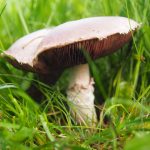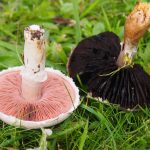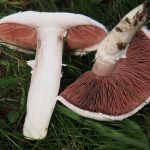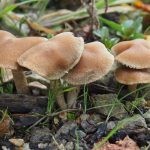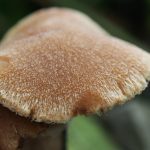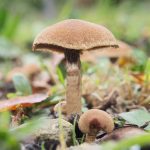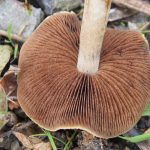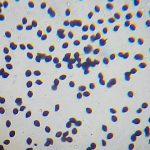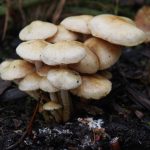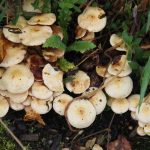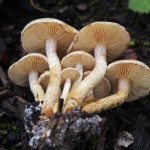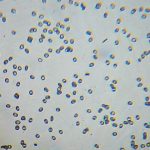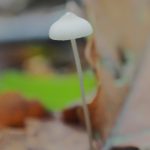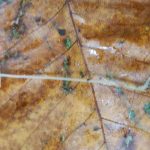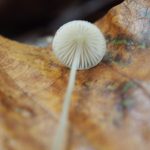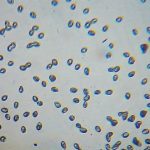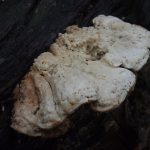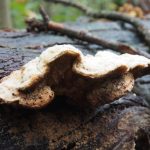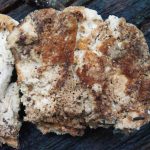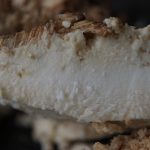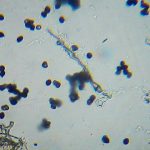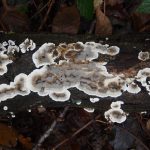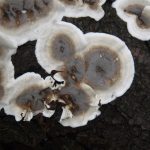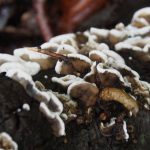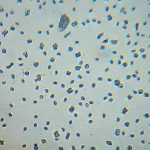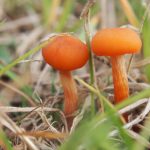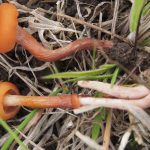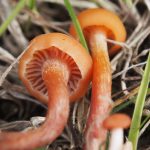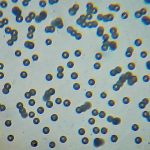I was last in Farningham Wood six years ago and it was good to return. I’ve had some great finds here in the past, including Horn of Plenty, Deathcap and Bay Bolete. On this visit, though, it seems that the fruiting of fungi hasn’t started in earnest yet. Or perhaps it’s going to be a lean year after the cornucopia of last! There were a few mushrooms to be found although wandering under the trees often resulted in nothing for twenty minutes or more.
First find was some Field Mushrooms growing on a small green on the way to the wood…, not really enough to gather for eating. The Weeping Widows were quite young and hadn’t yet started to deliquesce. Pholiota spumosa is a new species for me although the id is not certain. Coldfoot Bonnet is also new to me but these similar looking Bonnet (Mycena) mushrooms are always hard to tell apart so I’m not sure about the id. But Aurantiporus alborubescens is a great find, a rare fungus that I’ve read was first recorded in Britain in 1991 but is slowly spreading. Online there’s a confirmed record only 2 miles distant, so I’m convinced that this is right. Smoky Bracket is another new recording for me although it is very common. I might have often ignored it to focus on more exciting baubles but this was a very striking specimen. The Deceiver is also very common but very variable in appearance so hard to identify with certainty unless you look at the spores under a microscope – all the Deceivers (Laccaria) have round spiny spores.


